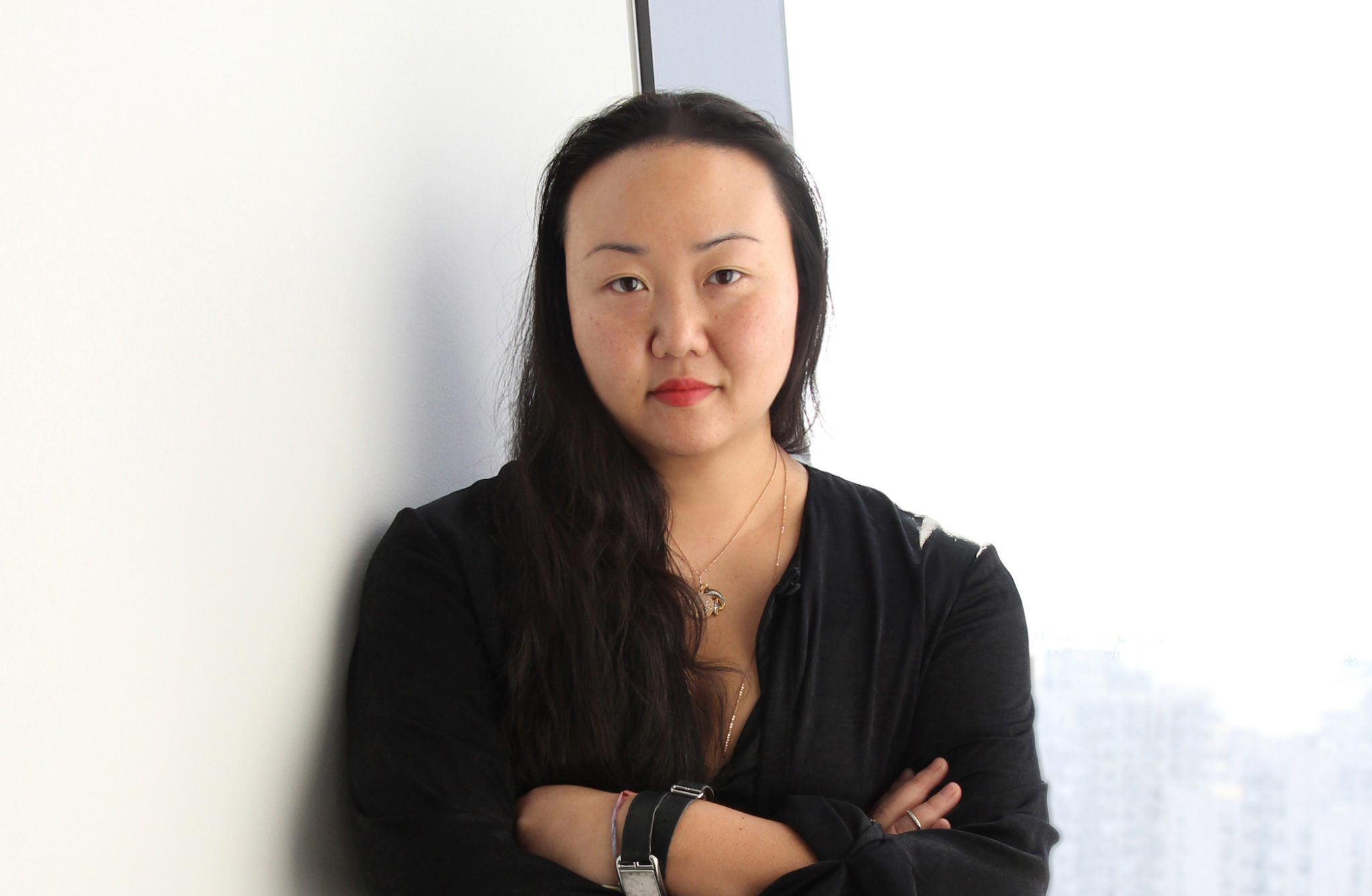Portrait by Jenny Westerhoff
Writer Hanya Yanagihara is an expert in contrasting realms. A highly acclaimed editor and novelist, she has climbed the ranks of the publishing world from both sides of the fence, set outstanding novels in opposing worlds—a fictional Pacific archipelago and the concrete, somewhat futuristic New York City—and created two psychologically complex protagonists on opposite sides of sexual abuse.
If such contradictions are not provoking enough, the 40-year-old New Yorker and deputy editor at T Magazine still calls the islands, where she spent a handful of her formative years, home. A descendant of three generations of Hawai‘i fieldworkers, Yanagihara was born in Los Angeles. Her family moved around considerably, coming to O‘ahu for a year when she was 3, and again when she was 8, with a final stint during her high school years, which she finished at Honolulu’s Punahou School.
It was in Hawai‘i that she learned that any career was fair game. “I saw Asians in any and every field, from literature to firefighting, and that sense of possibility was, and remains, a gift,” she says. After graduating, Yanagihara attended Smith College, then moved to Manhattan with the clear goal of becoming an editor. When she was 20 years old and working as an assistant at Ballantine Books, she began writing her highly lauded debut novel,, which would take 16 years to finish. “Not because it was particularly noteworthy, but because, mostly, I was lazy,” says Yanagihara, whom a New York Times called a writer to marvel at. “There were years when I never worked on it at all.”
She considered setting The People in the Trees, a searing exploration of the effects of Western imperialism and science on an isolated indigenous population, in Hawai‘i, but instead created the imaginary Pacific island of Ivu’ivu in order to afford herself more artistic license. “I wanted to tell a story of Hawai‘i’s colonization, but I wanted to do it in a way that didn’t feel like a screed or a rant, and didn’t have to hew too closely to history,” she says. The novel, which the Independent called “brilliant, provocative, and profoundly sobering,” is narrated by an anthropologist who encounters a source of extended life while studying a small community of islanders. His ruthless mining of native bodies and knowledge leads him to carry out the most egregious violations: raping several indigenous boys he had adopted. Yanagihara’s father is an accomplished scientist, and childhood visits to his medical lab, during which she heard of a real-life virologist convicted of sexual abuse, also influenced the book’s story considerably; her family’s support of the early modern Hawaiian sovereignty rights movement did so as well. Thus, Yanagihara was keenly aware of colonization and its repercussions, the “illness and subjugation and quashing of culture,” according to Yanagihara, and the conqueror’s belief in his cultural superiority, a view she calls abhorrent.

A Little Life captures its setting less through heavy place-specific details than through its highly driven characters, which, Yanagihara says, make New York City. “The one thing that unites everyone in the city is a sense of ambition. That ambition isn’t just about careers, or money; some people come here to escape, to remake themselves, to reinvent themselves,” she says. “That striving manifests itself in wildly different ways. But that sense—what visitors often characterize as the city’s energy, its fizz, and crackle—has, I believe, always defined New York, and always will.”
This story was featured in our Charm Issue.

